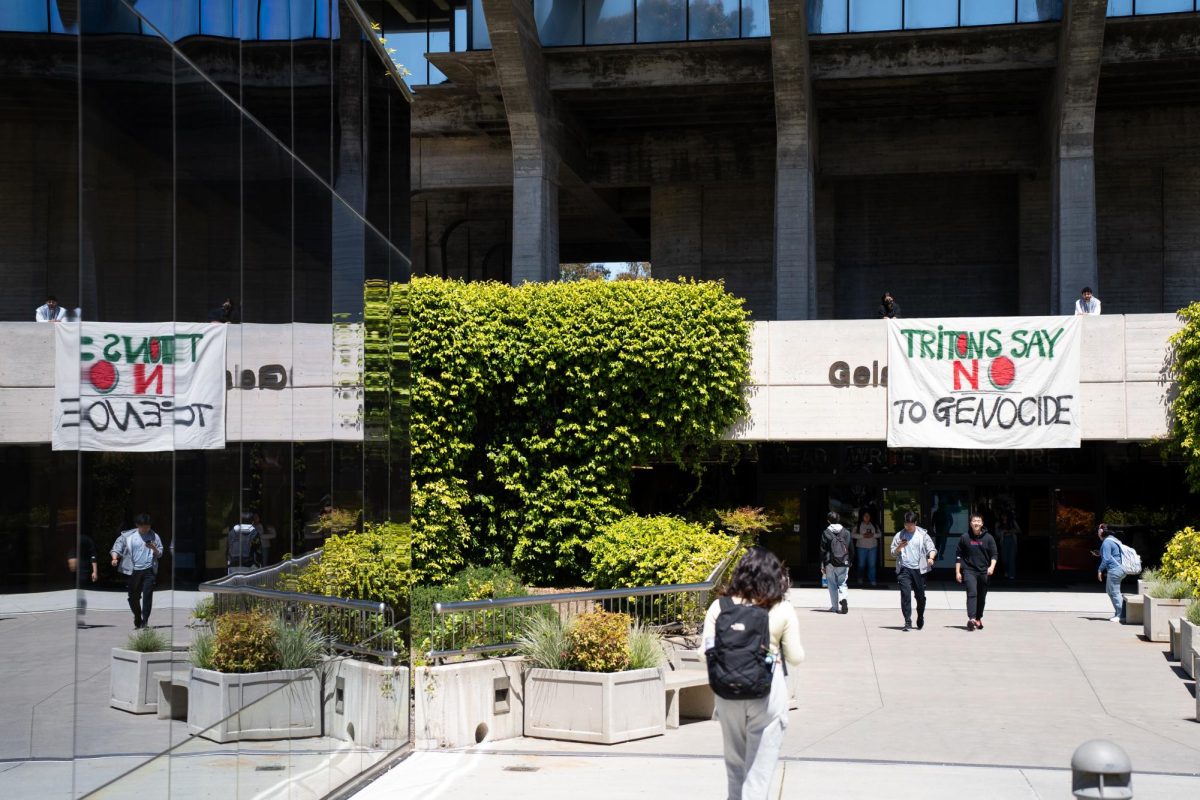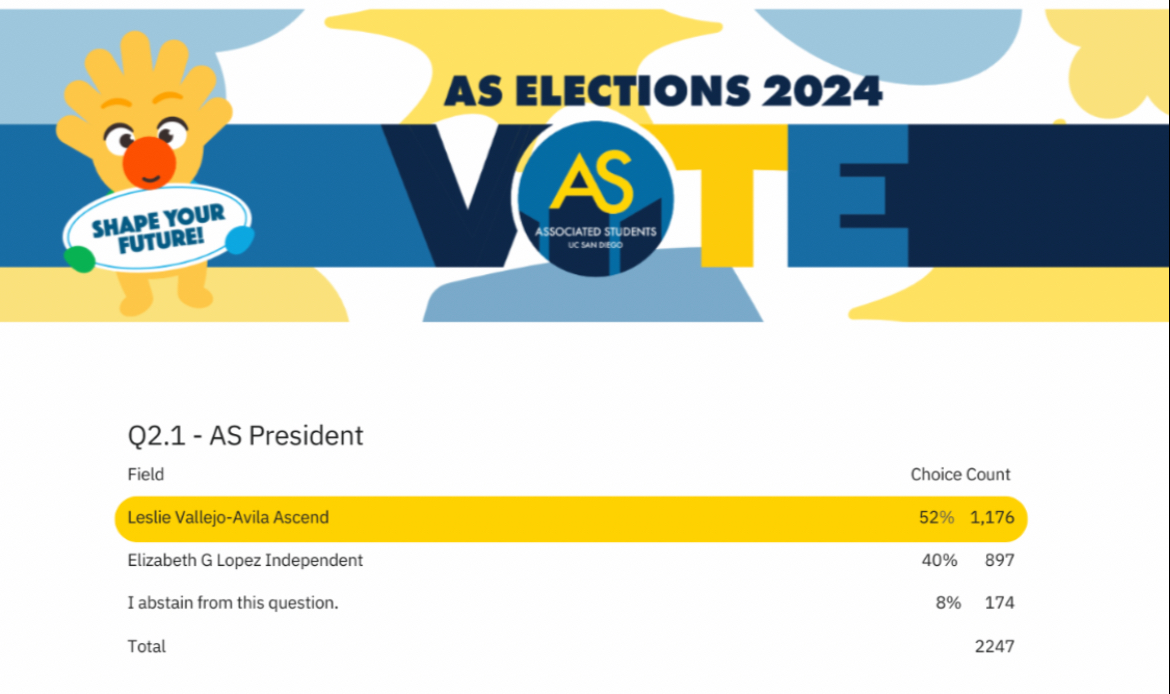According to Campuswide Senator Tobias Haglund, a member of the Committee on Admissions, the committee is considering a system called the academic index score to admit non-resident students, instead of the more stringent comprehensive review system that is currently used to admit all students.
Haglund said the idea was motivated by state budget cuts. Admitting nonresident students brings in more revenue due to the additional fees they pay — $20,021 per year for tuition, as opposed to the $9,401 paid by residents.
“Since the state budget has been reduced, admissions has been looking for different ways to save money, and every piece of info they can use to increase funding out of the state is important,” Haglund said. “Switching to using the academic index score is one of the options being discussed.”
Vice Chancellor and Director of Admissions Mae Brown said UCSD first implemented its comprehensive review system in 2002. The system awards different application factors — such as academics, work experience and leadership — certain numerical scores.
The total possible points add up to 11,100 points, and 7,624 points is the minimum number UCSD requires to be admitted.
Under the holistic review system — used by UCLA and UC Berkeley — applicants are given a single score based on a more subjective evaluation of their applications.
The AI score includes only academic components — such as GPA and test scores — in evaluating applicants.
According to Brown, prior to 2002, AI and comprehensive review were used independently of one another at UCSD. The top 50 percent of applicants were admitted solely because they met the threshold of an AI score, whereas the remainder of the admitted applicants were evaluated using the comprehensive review system.
According to Haglund, universities such as Berkeley and UCLA attract more out-of-state students — and their higher out-of-state fees — by using the holistic review system.
“Berkeley currently has a monopoly on out-of-state students,” he said.
Haglund said that because holistic review is less clear-cut than the comprehensive review system, it allows more leeway.
His data shows that 6,480 more applicants would be eligible for admission under a strictly AI score than the current system.
Currently, 97 percent of UCSD undergraduates are resident students. In Fall 2008, UCSD admitted 1,943 of 5,933 nonresident applicants, with an admit rate of 32 percent. Based on these numbers, the university expects 13.1 percent of admitted nonresident applicants to enroll.
Brown said that these numbers are being used by the Committee on Admissions for analysis.
“There’s absolutely no proposal to go back to the way we used to do admissions,” she said.
Brown said that since 2002, the same comprehensive review system has been used for both resident and nonresident students.
“The only difference is that the minimum GPA is 3.0 for nonresidents, while it is 3.4 for residents,” said Brown. “This will continue to be the case.”
Brown said that even if the idea was implemented, it would not necessarily affect admissions for California applicants, due to an in-state quota that must be filled.
“The UC system set a target for California residents that we have to reach,” she said.
Haglund said that, though a proposal has not been drafted, the committee should submit the idea to the university’s Academic Senate.
“This is something students should be talking about, because faculty definitely are,” he said.
Additional reporting by Ayelet Bitton.
Readers can contact Angela Chen at [email protected].







